Idea by
Christos Mellios , Zoe Diakaki
Call for ideas 2018
Polynesia
Polynesia
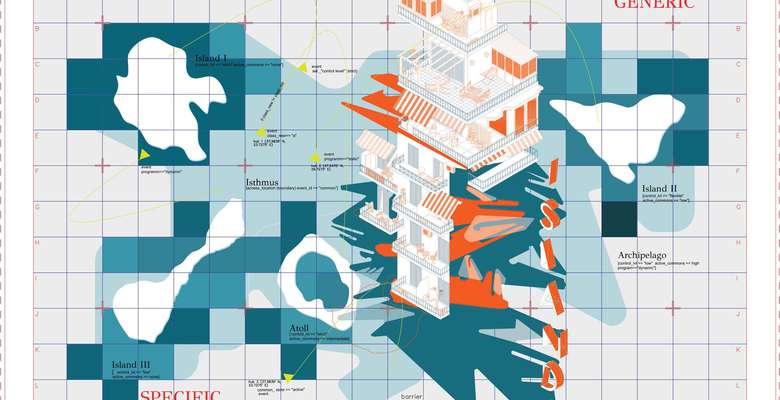
An interactive installation designed to materialize critical thought and /or satirical perspectives on the ways a place is being inhabited. A videogame as a conscious act of mocking traditional thinking and subverting existing conventions. Stereotypical users cease to exist and they are replaced by agents acting within set protocols, spatial configurations and their own mental constraints. By processing life in a building as a complex system with its own structures and rules, we aim to create small deviations, disruptions of the “normal” state. In other words exploit the potency of the unfamiliar by asking “what if ?”. As agents navigate in space and time they produce a certain trajectory, an inscription of their own boundaries, a record of their behavior. The concept of islandness becomes the cognitive device able to map agents’ perception and knowledge. Islands…familiar yet fuzzy entities. They can be stretched to describe almost any physical, imaginary form or conceptualization.
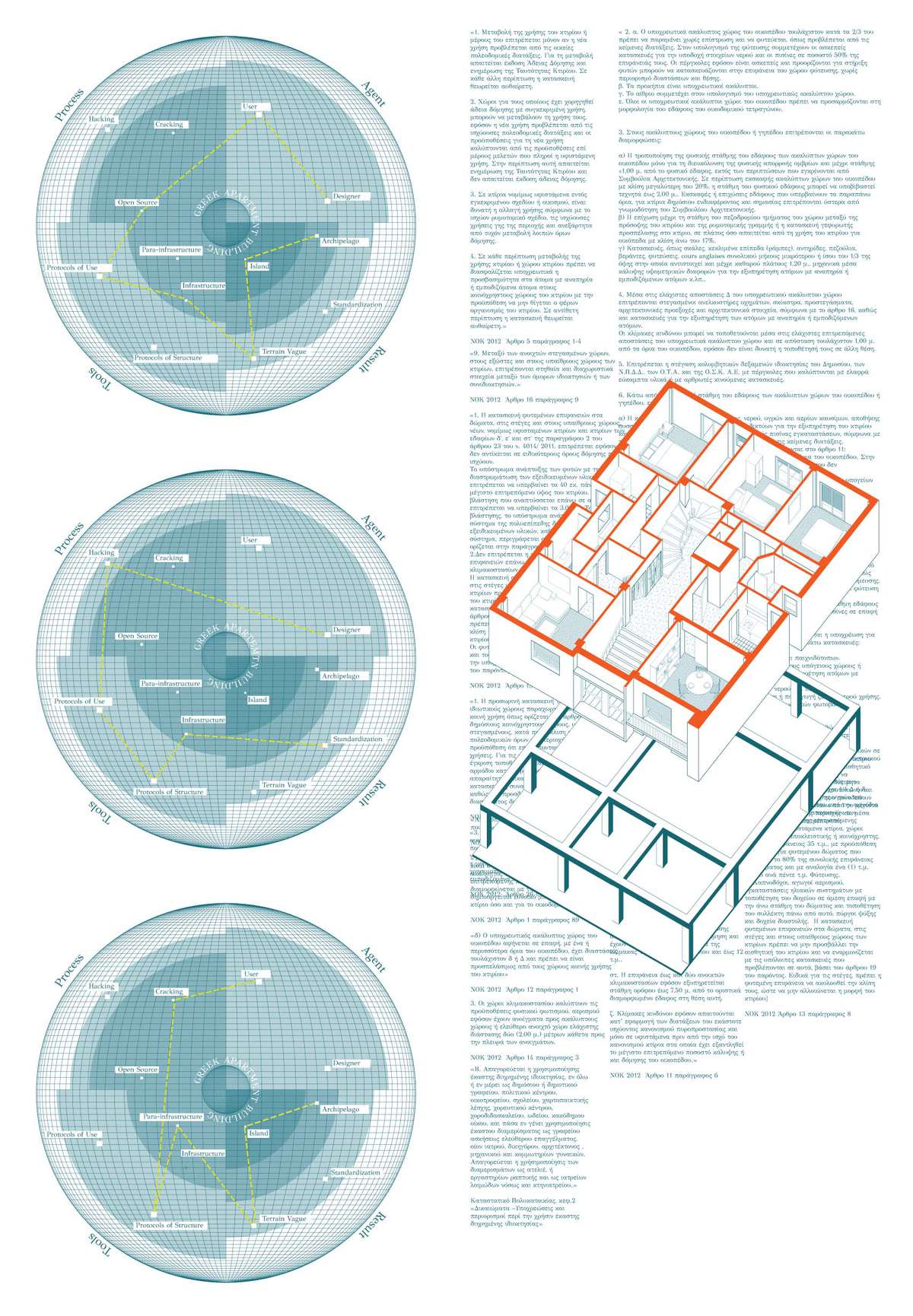
Diagram of the multiple spheres, explaining the system generation space for the Greek apartment building and a representation of a Typical Greek apartment building with protocols and laws referring to the structure
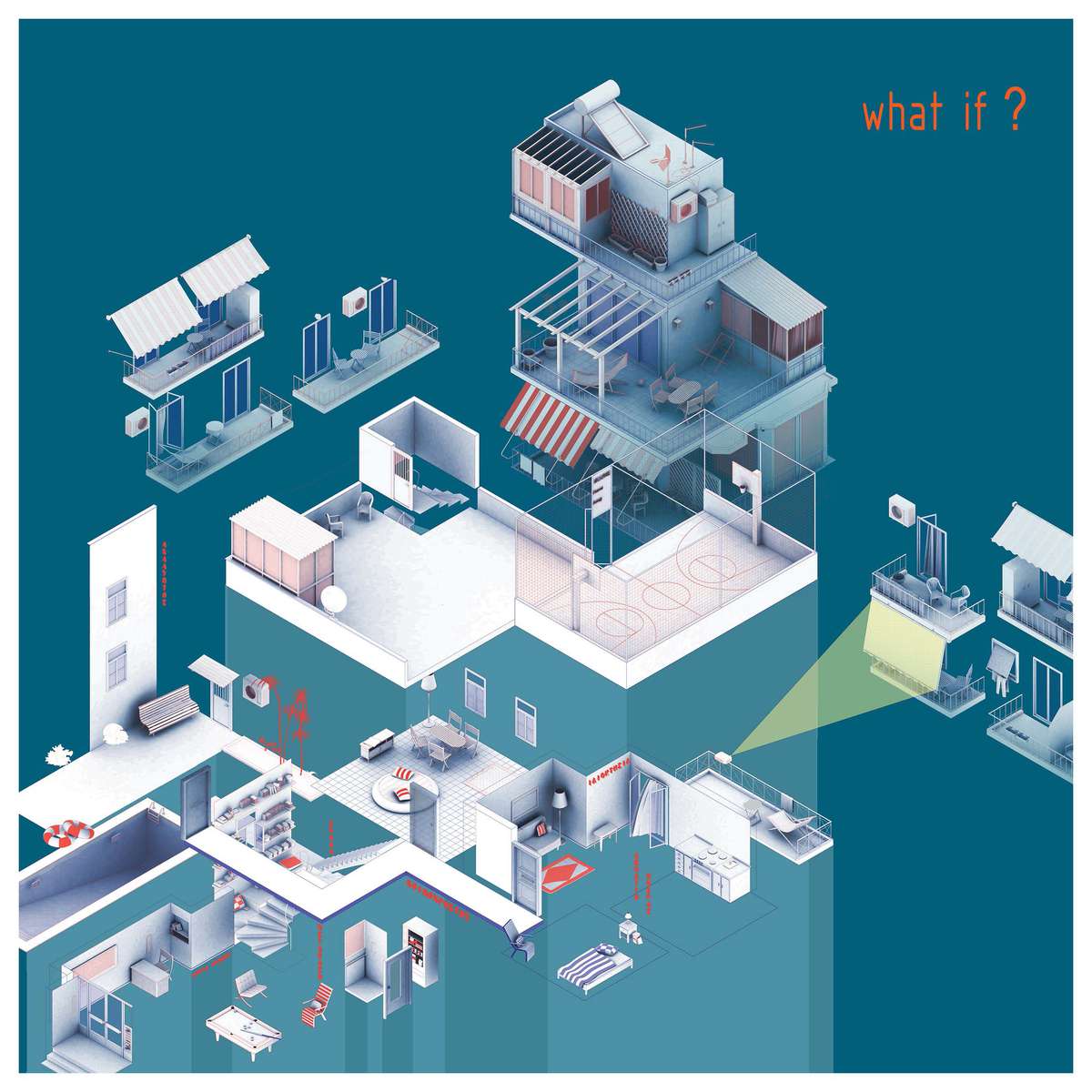
Digital environment of the video game
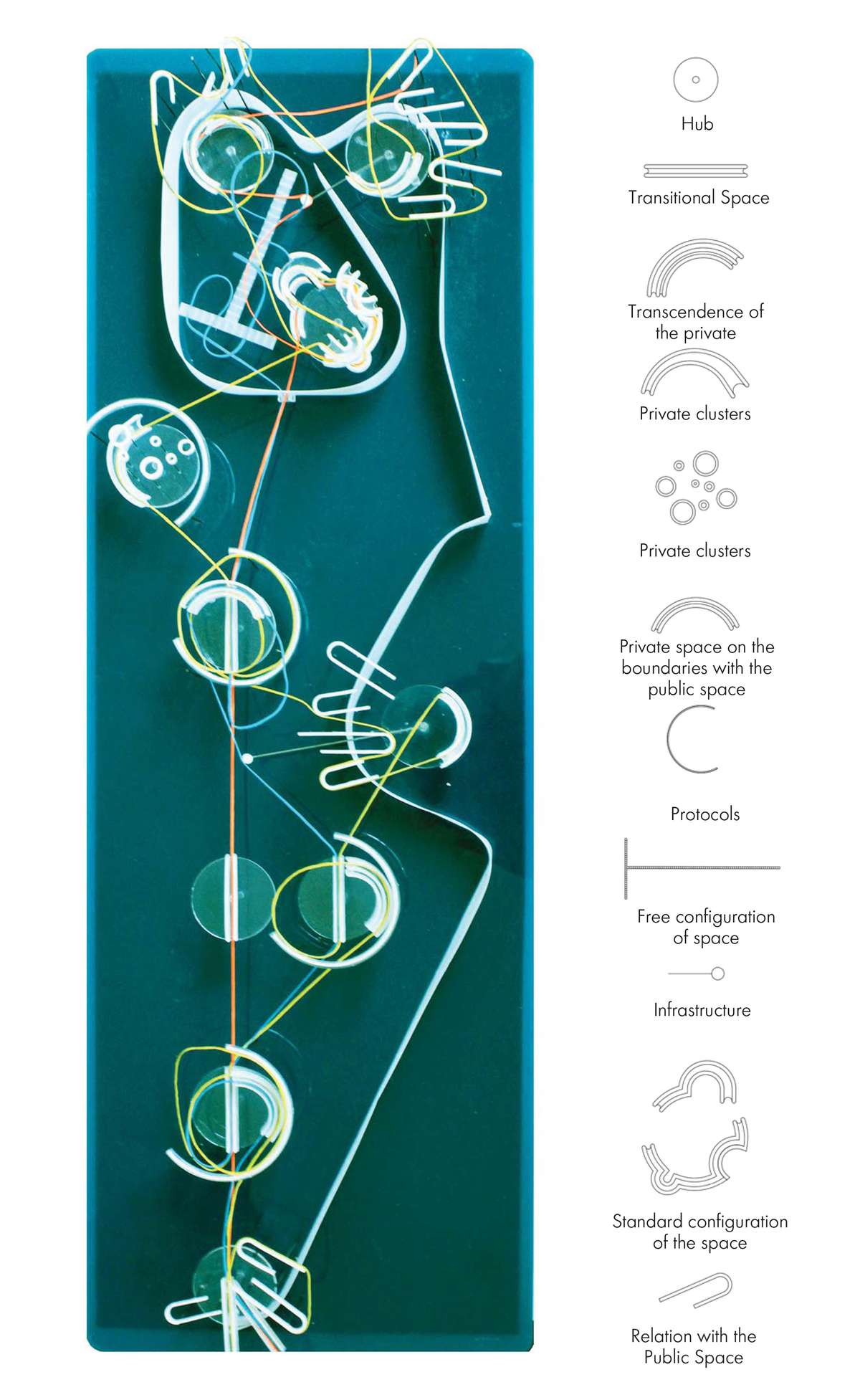
Model that analyzes the different trajectories of the agents in the video game
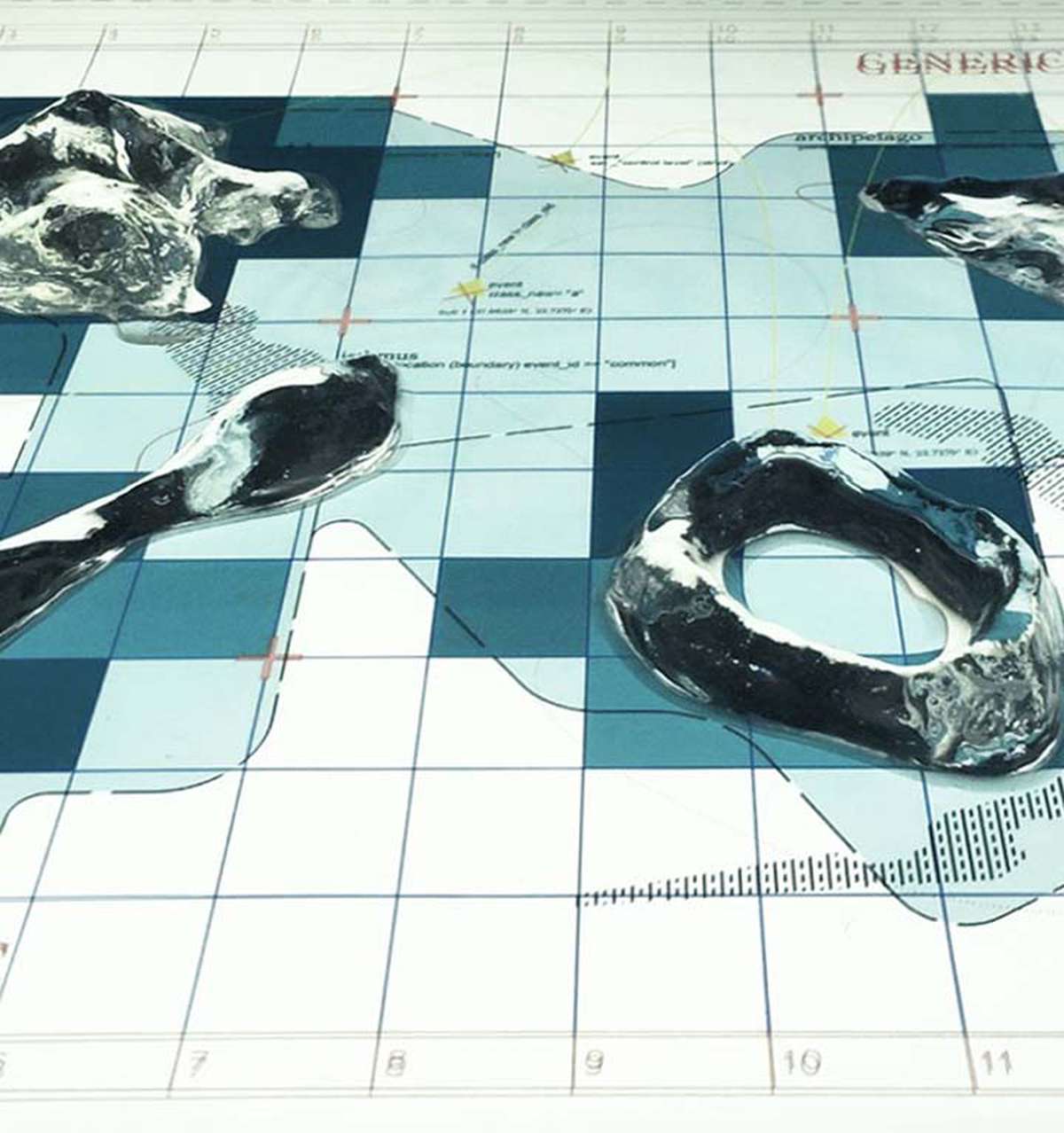
Typology of the Islands
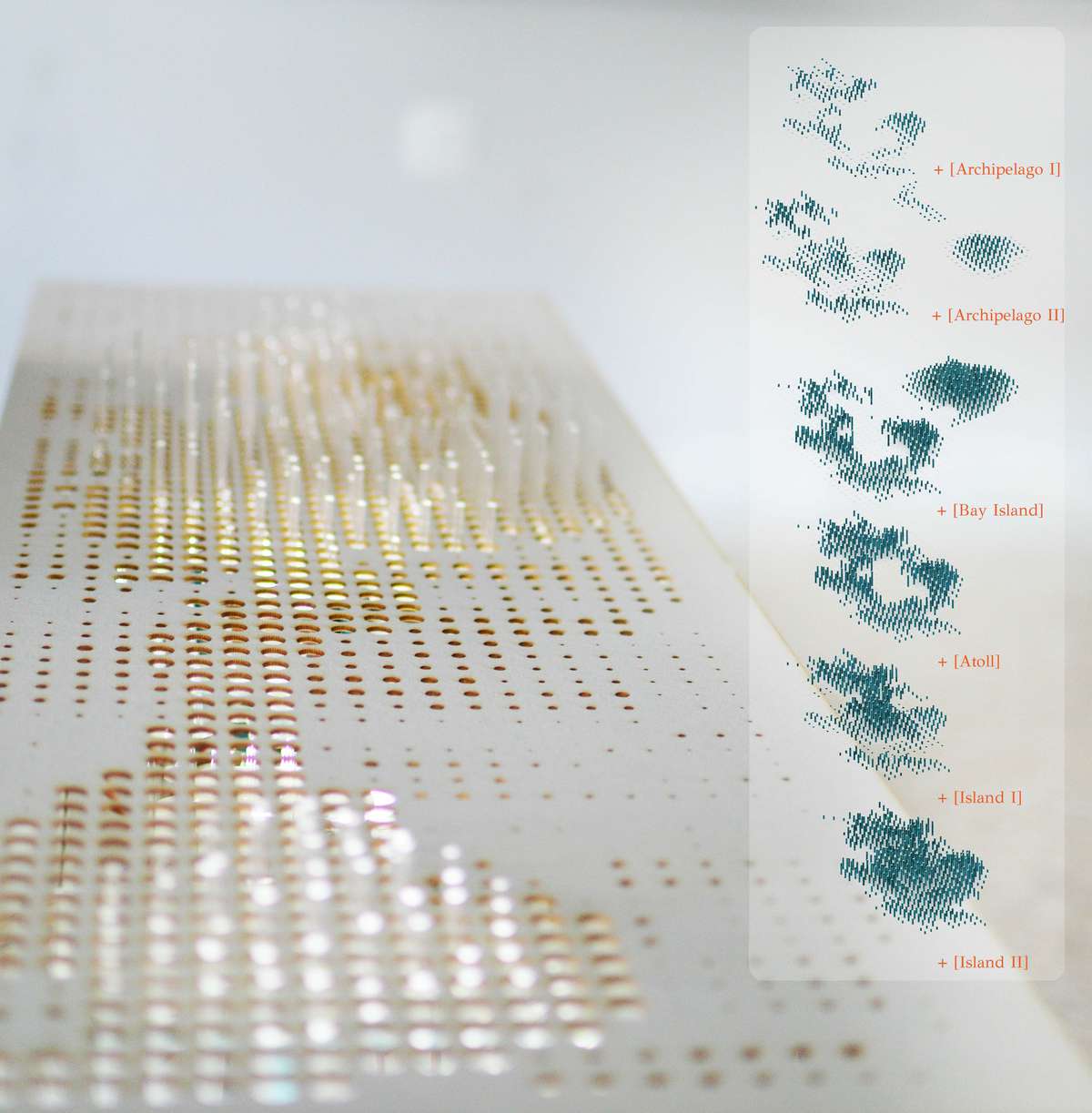
Results variations of the installation
Polynesia
Polynesia

An interactive installation designed to materialize critical thought and /or satirical perspectives on the ways a place is being inhabited. A videogame as a conscious act of mocking traditional thinking and subverting existing conventions. Stereotypical users cease to exist and they are replaced by agents acting within set protocols, spatial configurations and their own mental constraints. By processing life in a building as a complex system with its own structures and rules, we aim to create small deviations, disruptions of the “normal” state. In other words exploit the potency of the unfamiliar by asking “what if ?”. As agents navigate in space and time they produce a certain trajectory, an inscription of their own boundaries, a record of their behavior. The concept of islandness becomes the cognitive device able to map agents’ perception and knowledge. Islands…familiar yet fuzzy entities. They can be stretched to describe almost any physical, imaginary form or conceptualization.

Diagram of the multiple spheres, explaining the system generation space for the Greek apartment building and a representation of a Typical Greek apartment building with protocols and laws referring to the structure
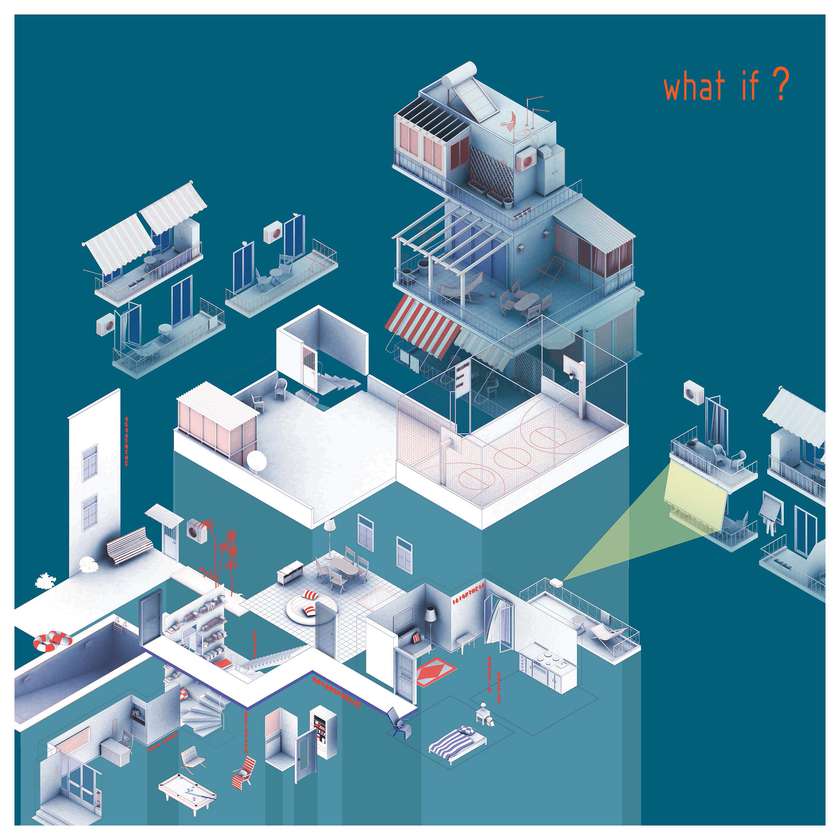
Digital environment of the video game
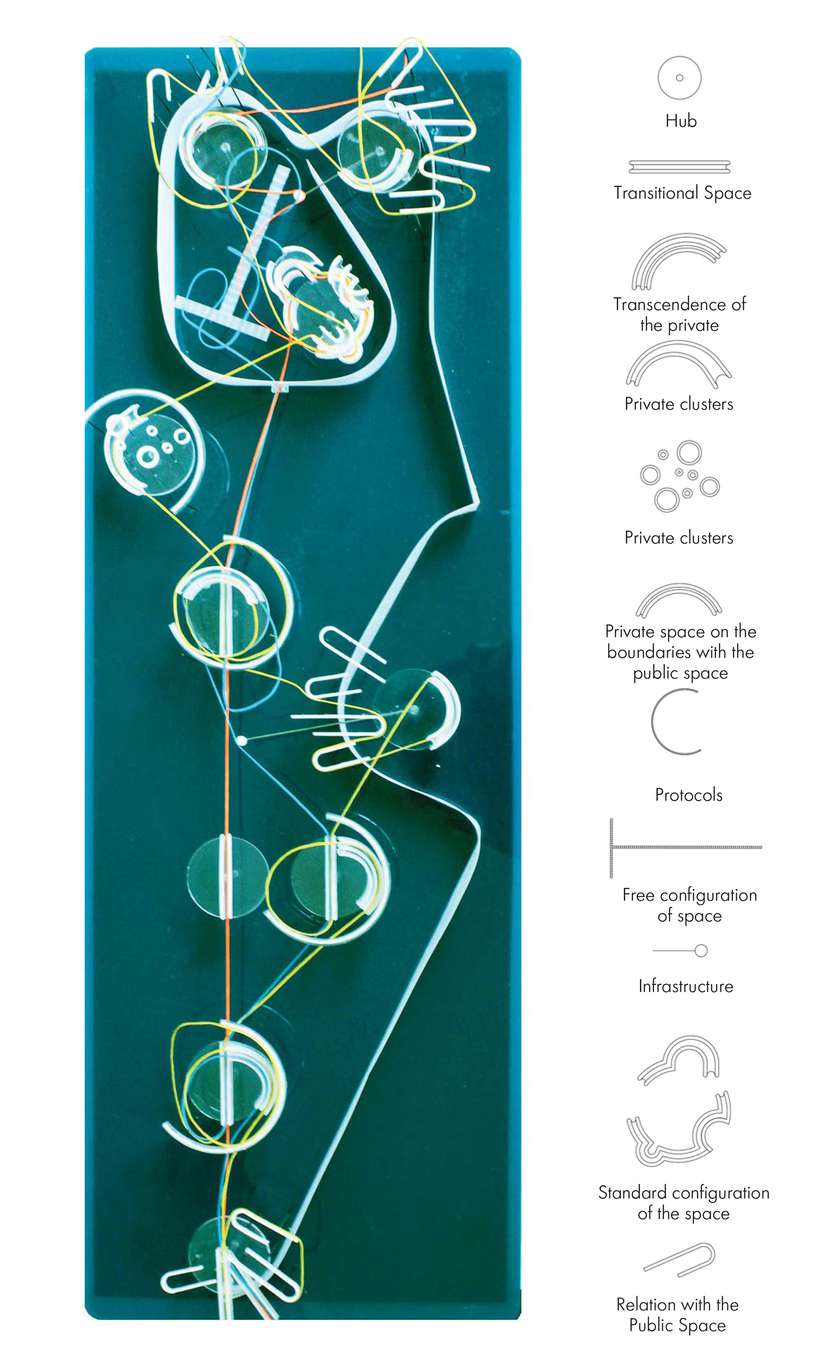
Model that analyzes the different trajectories of the agents in the video game
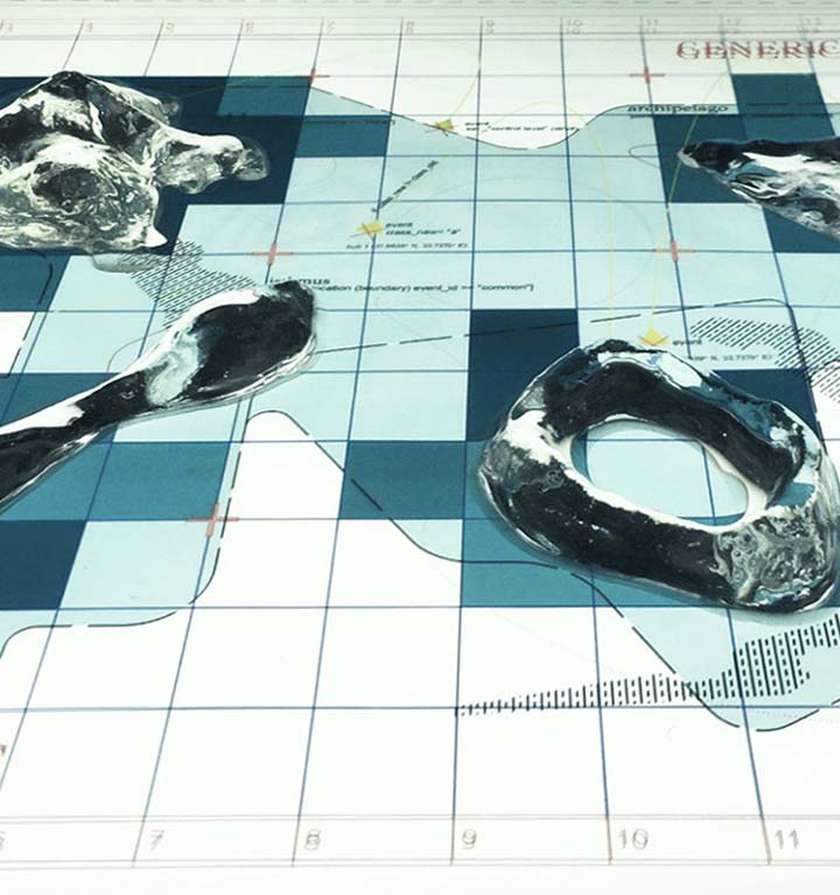
Typology of the Islands
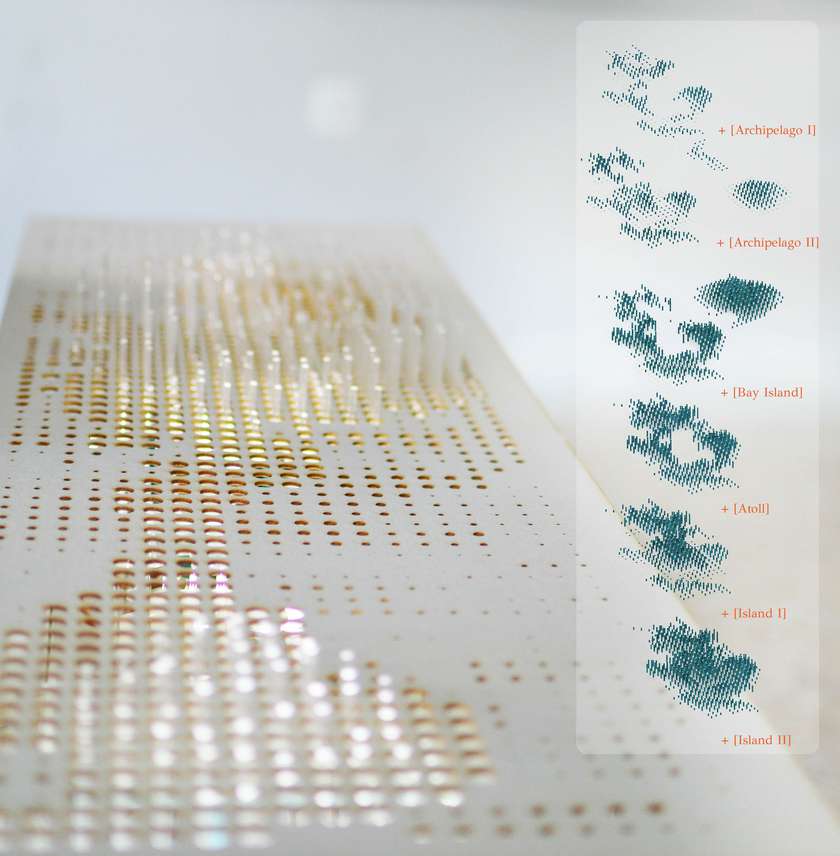
Results variations of the installation